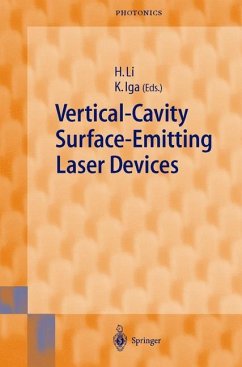
Sensing with Terahertz Radiation
Versandkostenfrei!
Versandfertig in 1-2 Wochen
153,99 €
inkl. MwSt.

PAYBACK Punkte
77 °P sammeln!
The purposes of this book are twofold. First, the various different methods of accessing the THz range discussed here should serve to convince the reader that there have been qualitative and significant improvements over older, more conventional techniques. It should be clear that these improvements enable practical "real-world" applications of THz technology, in a manner which would not have been possible before. The reader should be convinced that this is a realistic goal within the next few years. Second, the demonstrations and feasibility tests described here should serve as compelling evidence of the utility of such devices. Owing to the unique characteristics of THz radiation and its interaction with materials, these devices have substantial advantages over other, competing technologies in a number of different areas.
One aspect of the field of THz radiation is the marriage of microwave and optical techniques. By its very nature, THz radiation bridges the gap be tween the microwave and optical regimes. The former can be characterized by the fact that most devices are comparable in size to the wavelength of the radiation. As a result, the propagation of energy in these devices is generally in the form of single-mode or low-order-mode guided waves. In contrast, the optical and infrared ranges are generally characterized by beams containing many modes, with dimensions much larger than the wavelength. Of course, there are exceptions to these rules, notably the single-mode propagation of optical radiation in fibers. Nonetheless, the general description holds true. Because of these fundamental differences, it is natural that the techniques used in their implementation are quite distinct. Much of the research in the THz field has been based on the melding of these disparate ideas.














